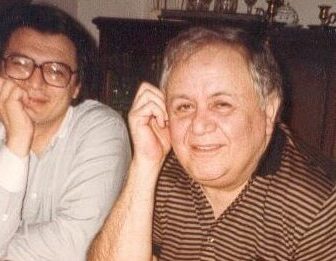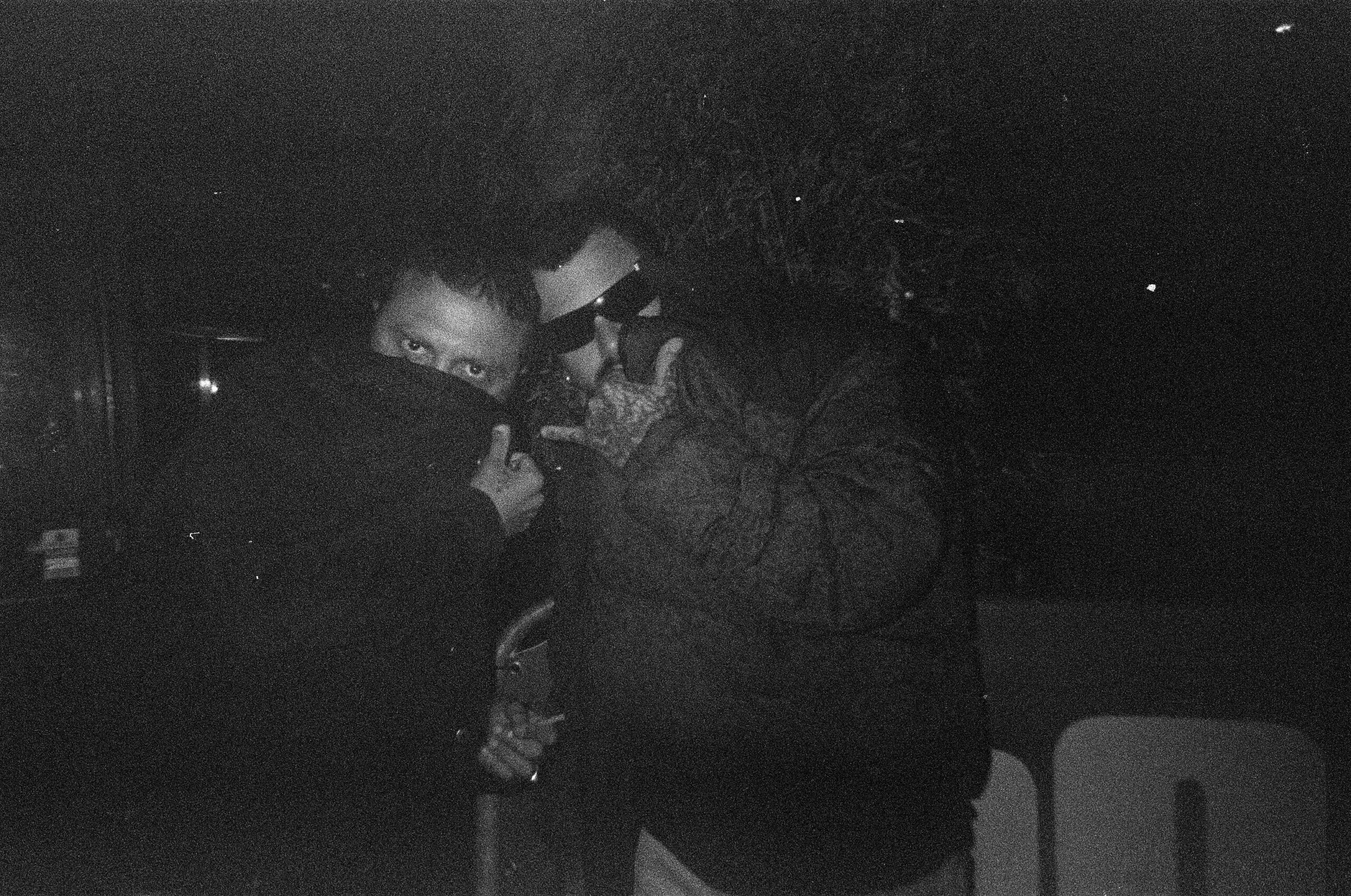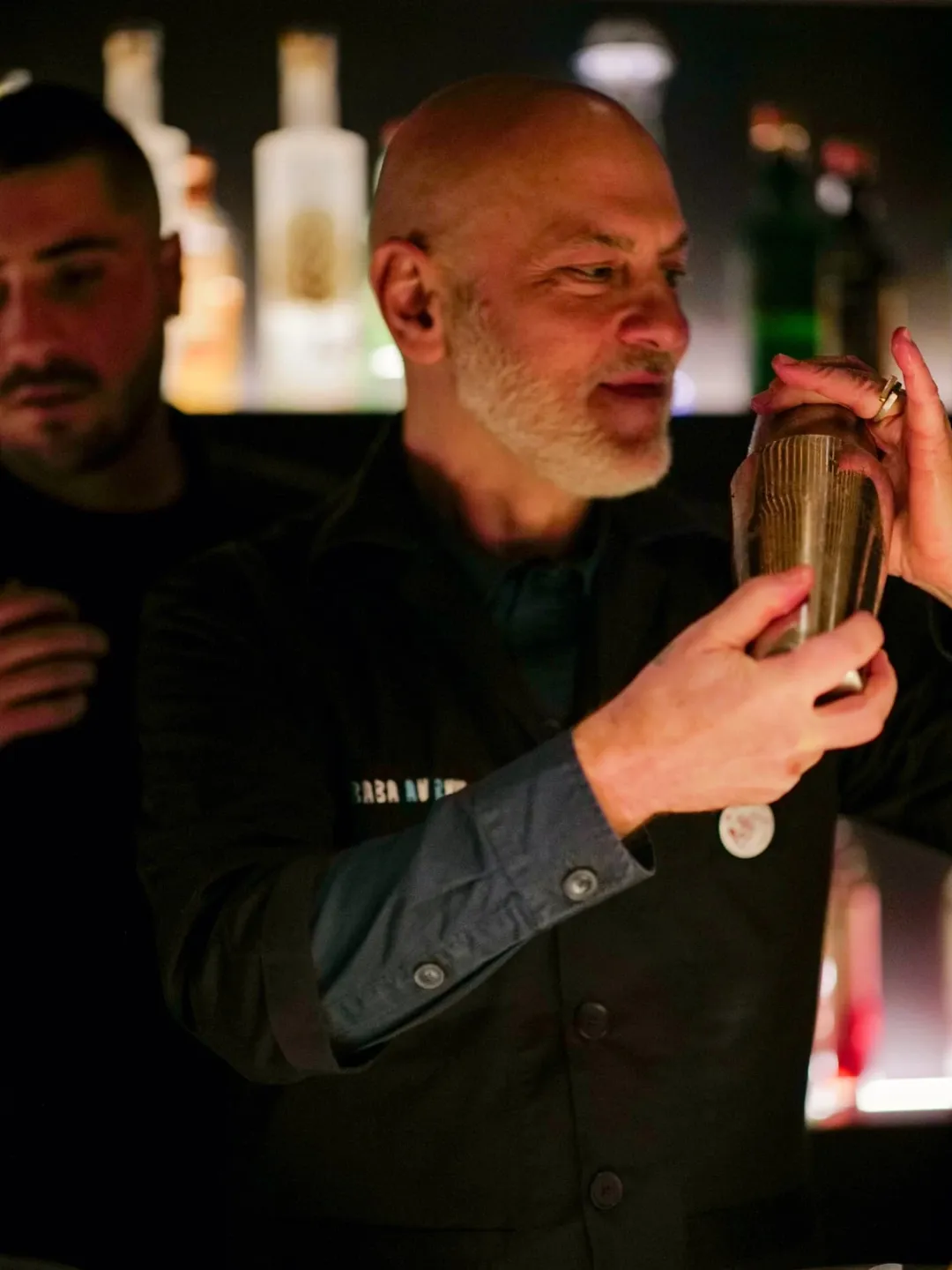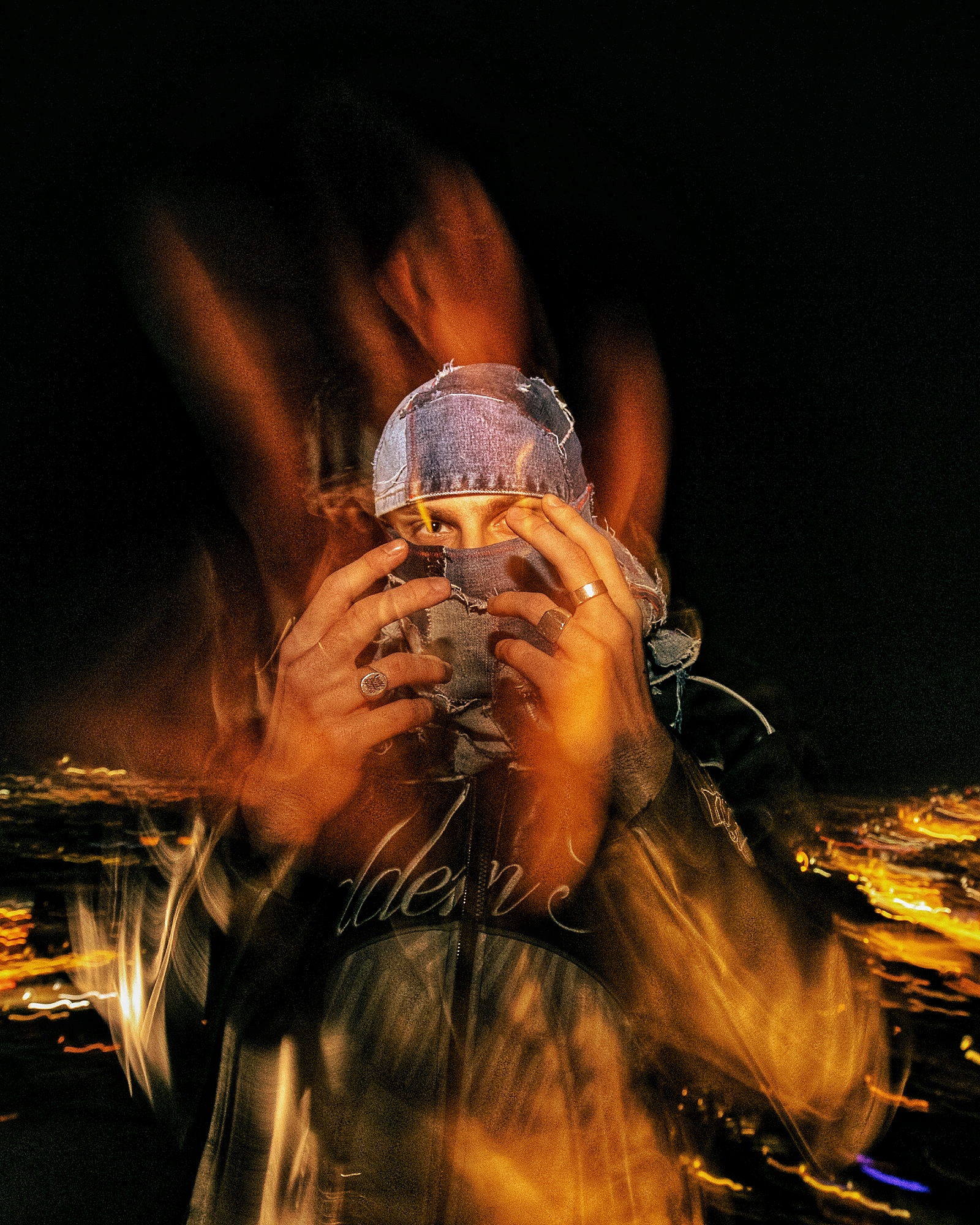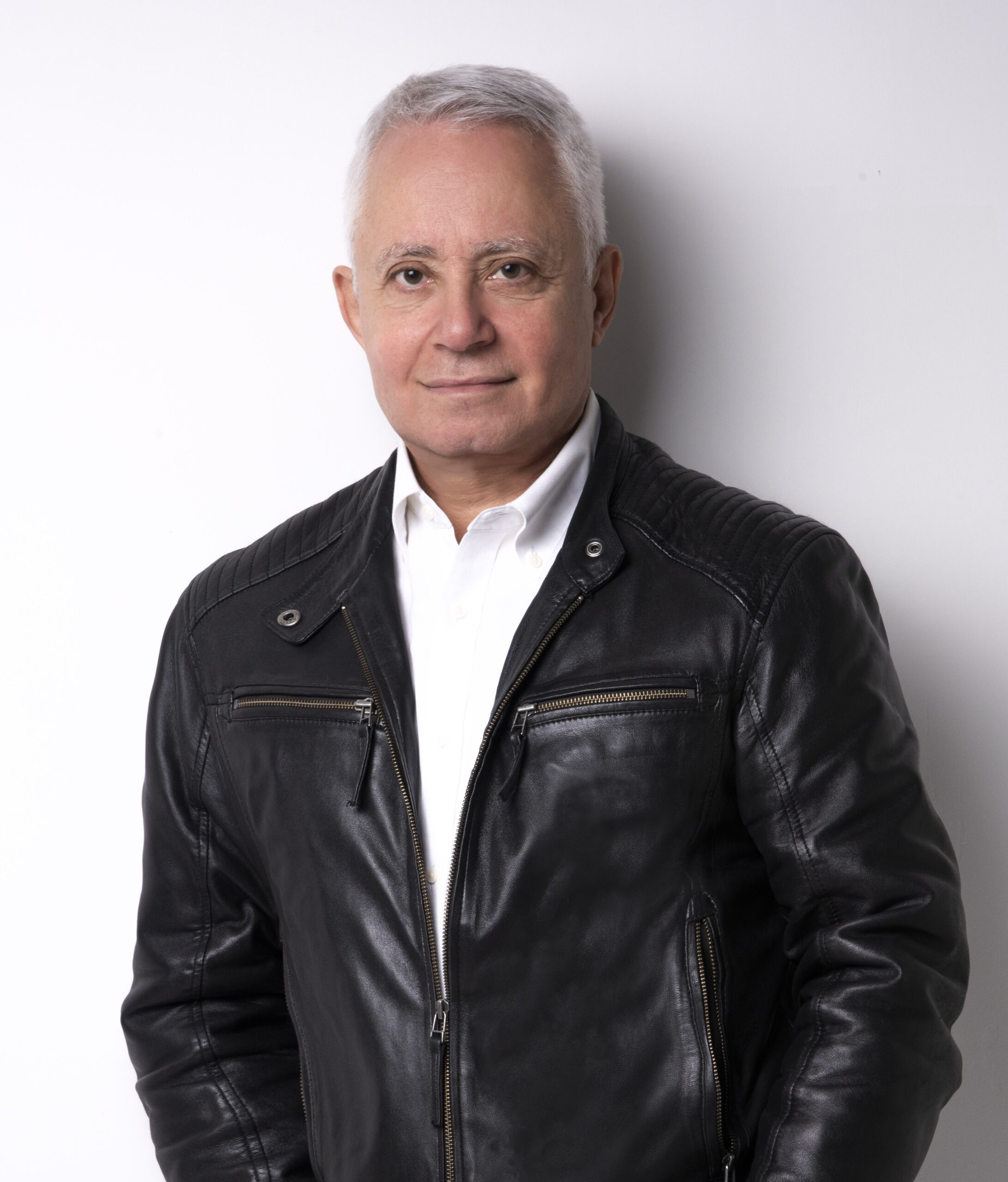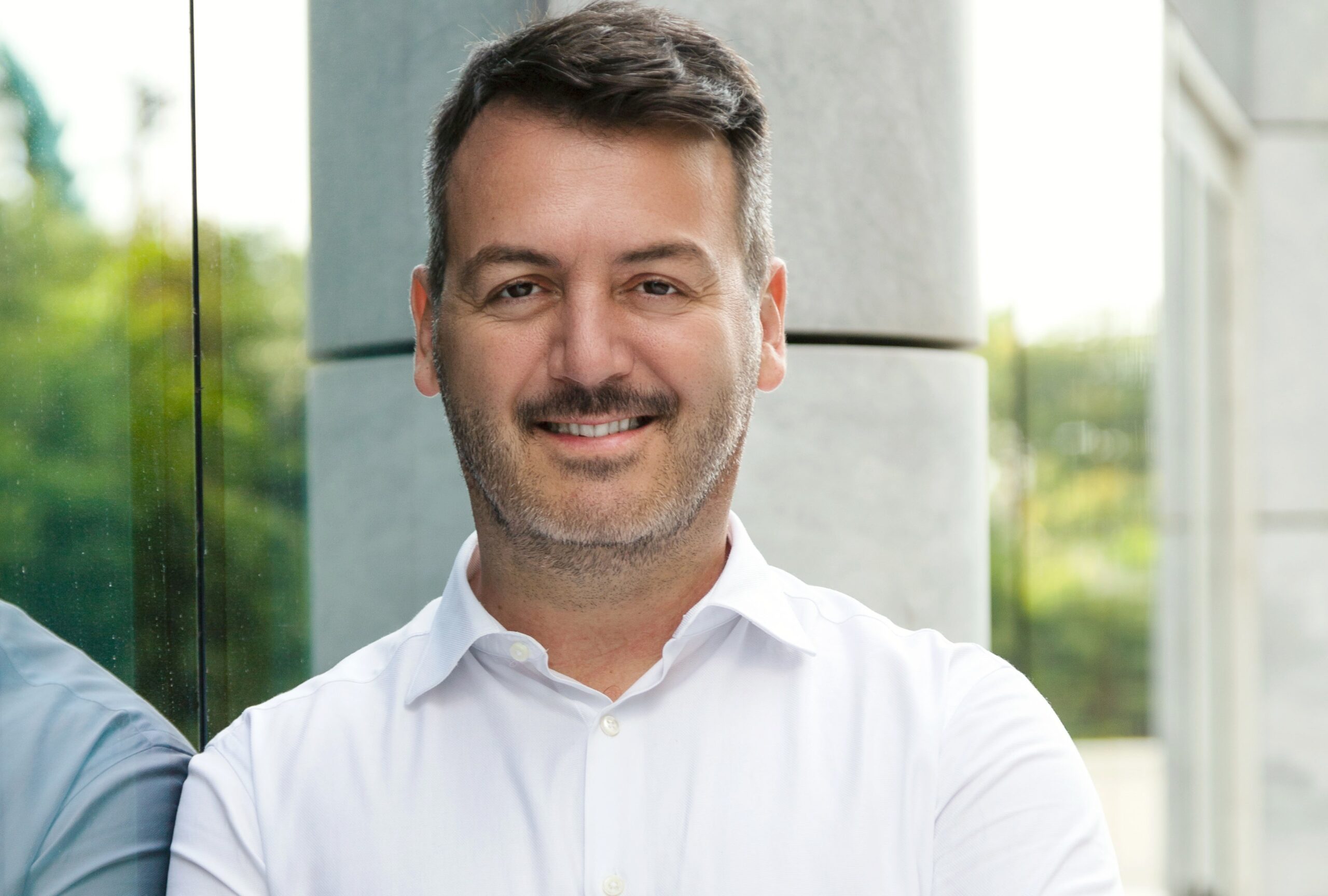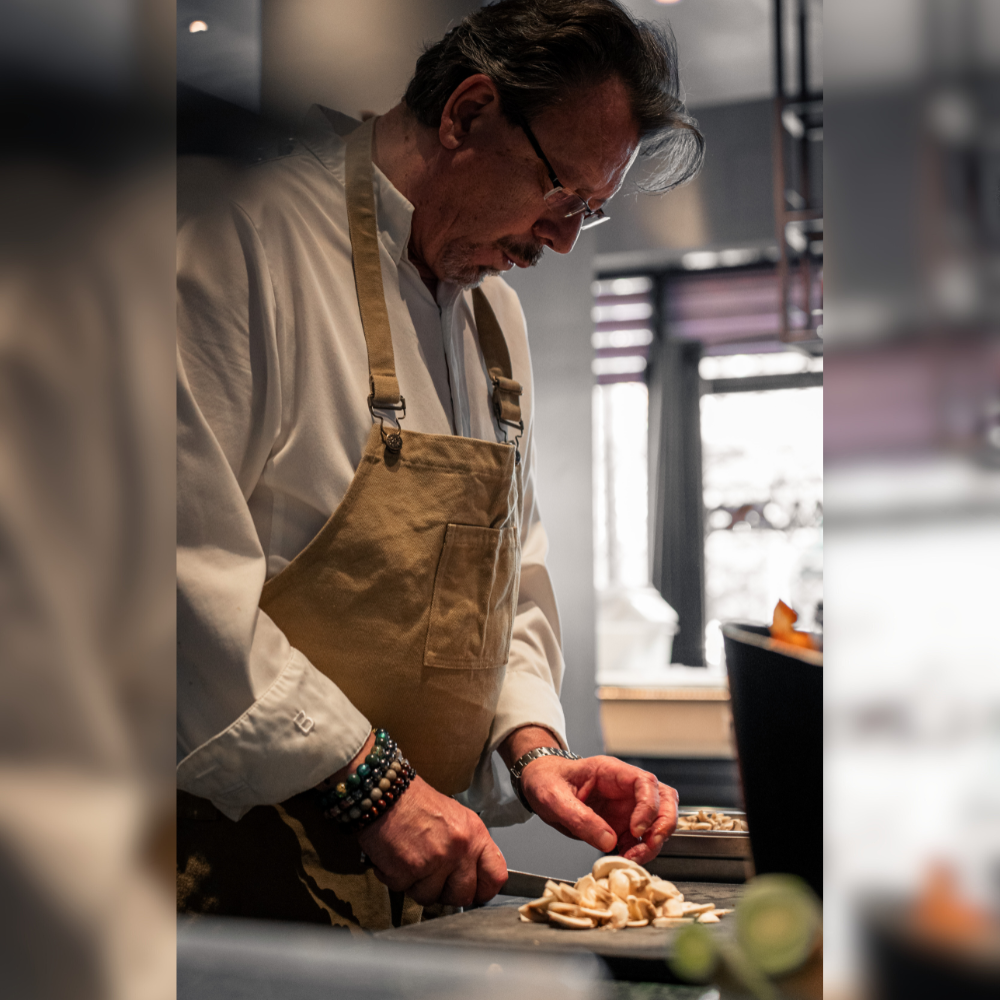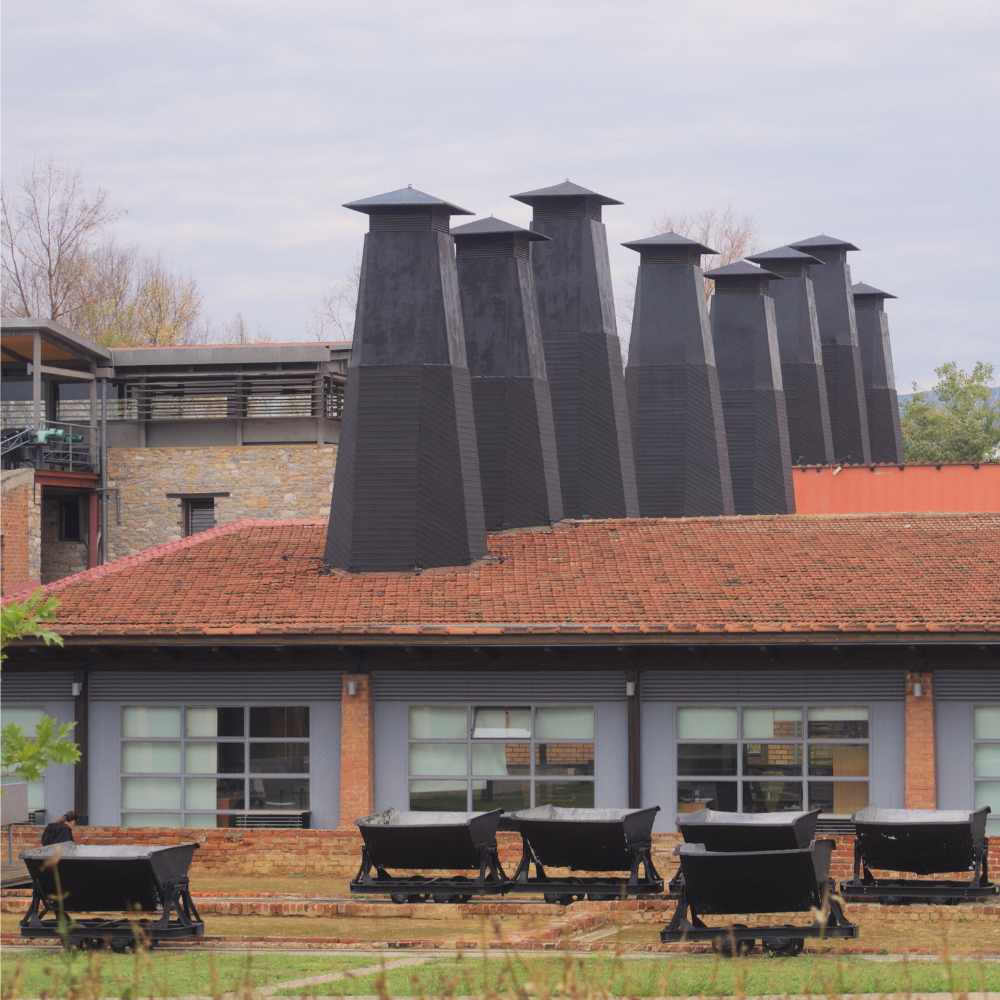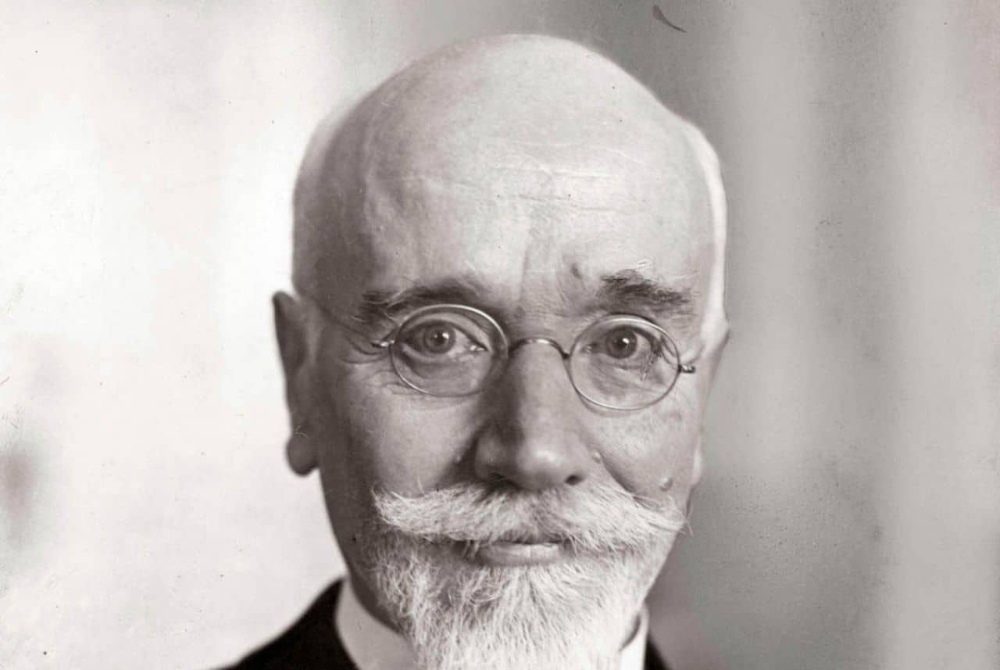100 years from the birth of the legendary Greek composer, the author celebrates the anniversary with screenings of the documentary he shot about the legendary musician
By Dimitris Vernikos
I was still in high school when Hadjidakis was already a living legend. One day, a schoolmate of mine — a year older — took me and a mutual friend who played the cello to a recording studio. That day, I had my first real experience of what I’d later come to think of as “creation happening right in front of my eyes.”
They were recording music for a film. I watched, wide-eyed, as Hadjidakis saw a particular scene once or twice, then sat down at the piano and improvised a theme on the spot. He went on to play, still on the piano, the parts of all the instruments that would be used — and then they all rehearsed the scene together, while he kept track of the timing with a metronome, marking the points where the scene shifted. After a few run-throughs, the piece came together — and they began recording.
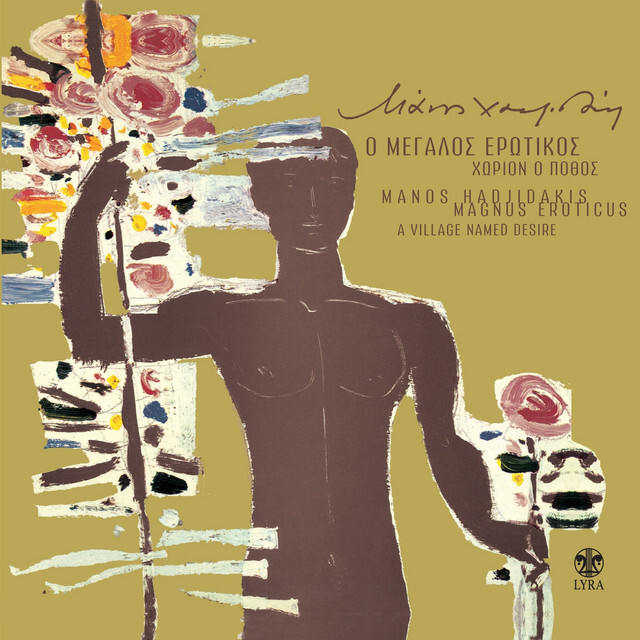
My chance encounter with Manos Hadjidakis in October 1961 marked the beginning of everything that followed—almost as a matter of fate. During my nearly three-year voluntary military service, I entered what had until then been an unknown realm for me: the “Wondrous World of Art.” It wasn’t long before I found myself in an intensive and often extremely rigorous mentorship under Hadjidakis, with poet Gatsos joining in a bit later. But what truly drew me deep into the inner sanctum of Art—almost without realizing it—was my immersive presence at the recordings and performances of nearly all of Manos Hadjidakis’ works from that period onward.
At the same time, I was present at all the rehearsals and concerts of the Little Orchestra of Athens and later of the Experimental Orchestra from 1963 to 1966, including numerous works by Mozart, Stravinsky, Britten, Béla Bartók, Xenakis, and many other composers. My presence continued through all the works up until 1966, when Hadjidakis left for America.
The Flokas café-restaurant on Panepistimiou Street—now part of the Attica department store—was a daily meeting spot for poet Gatsos and Hadjidakis, but also a crossroads, a place where collaborators, friends, and international figures from the worlds of Art and Letters would stop by. Hadjidakis, Gatsos, Tsarouchis, Elytis, Koun, Miller, Kazan, Levy, and a crowd of singers, composers, musicians, and journalists. This gathering space of ideas and art became my new school.
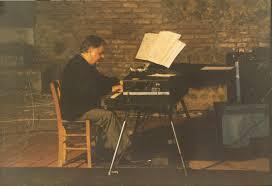
The intense and inevitable apprenticeship within this vibrant atmosphere soon pushed me toward artistic experimentation. First with theater, then with photography, followed by early attempts at filmmaking, painting, and ultimately poetry. This lasted six to eight years until I faced a major dilemma: “Which of these should I truly pursue?”
The truth is that my film experiments with the camera increasingly captivated me, and the idea that cinema encompassed everything somehow calmed my constant overstimulation. Eventually, a sequence of coincidences—before I could even realize it—landed me at the gates of the old Beaconsfield Studios, the freshly established National Film and Television (now) School.
In parallel, my friendship with Hadjidakis blossomed. What started as a student–mentor relationship slowly transformed into a creative partnership, and whenever our paths aligned, we worked together closely.
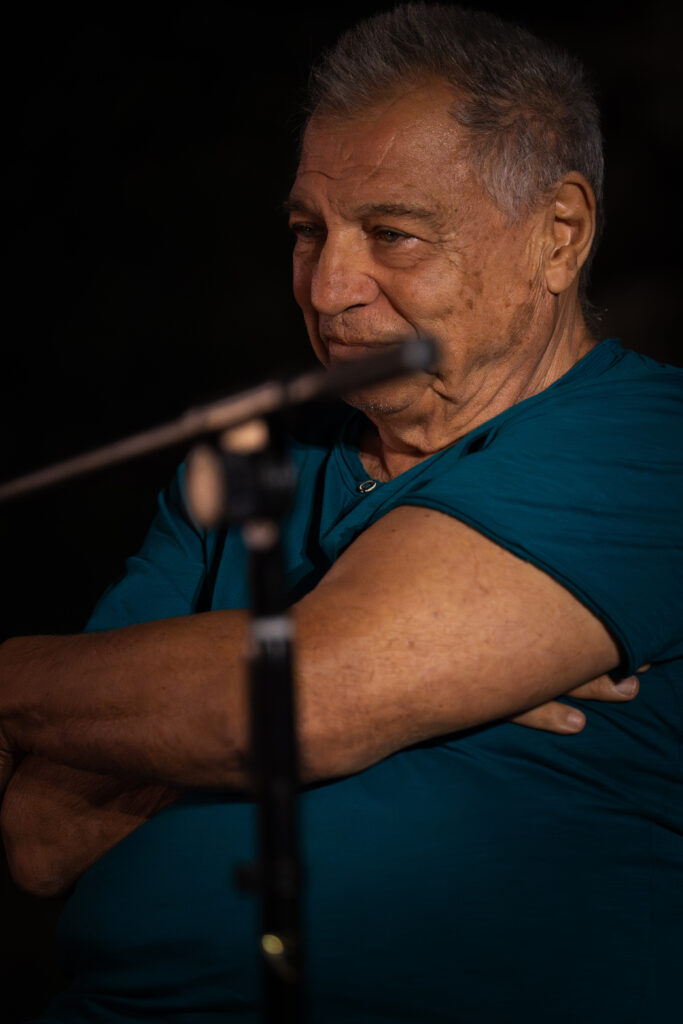
Screenings of the film “Manos Hadjidakis – Reflection in the Mirror” by Dimitris Vernikos
October 22, 2025
- “Astoria” Cinema, Heraklion, Crete
Thursday, October 23, 2025 – Birthday of Manos Hadjidakis:
- Municipality of Anogeia, Crete
- Chania Film Festival
- Komotini Concert Hall
- National Theatre of Northern Greece, Serres
- Art and Thought Multipurpose Hall “Manos Hadjidakis House”, Xanthi
November 21-22, 2025
- Manos Hadjidakis – Conference on Music, Culture, and Politics, Sorbonne University, France
Documentary trailer

